
Hitchcock 9
Thanks to the British Film Institute, Alfred Hitchcock’s nine silent films, made from 1925 to 1929, have been digitally restored. The Hitchcock 9 toured the U.S. late last year.
His silent films are varied in genré and tone, including comedies and melodramas as well as thrillers, the genré he is most known for directing. The Hitchcock 9 are: The Lodger: A Story of the London Fog; The Ring, Blackmail, The Farmer’s Wife; The Pleasure Garden; Downhill; Easy Virtue, Champagne; and The Manxman.
Hitchcock once said, "The silent pictures were the purest form of cinema." Enjoy the photo feature courtesy of the British Film Institute.
His silent films are varied in genré and tone, including comedies and melodramas as well as thrillers, the genré he is most known for directing. The Hitchcock 9 are: The Lodger: A Story of the London Fog; The Ring, Blackmail, The Farmer’s Wife; The Pleasure Garden; Downhill; Easy Virtue, Champagne; and The Manxman.
Hitchcock once said, "The silent pictures were the purest form of cinema." Enjoy the photo feature courtesy of the British Film Institute.
Hitchcock’s silent film, The Manxman (1927) is a story about a bumpy love triangle on the windswept Isle of Man. The leading actress, Anny Ondra, is considered to be the first classic Hitchcock blonde. Hitchcock said this serious melodrama, which examined love in relation to class and the social mores in a small fishing village, was “not a Hitchcock movie”. However, the film was rated by some critics as Hitchcock’s best silent feature.
Hitchcock 9 silent films 'purest form of cinema'
Photos Courtesy of the British Film Institute
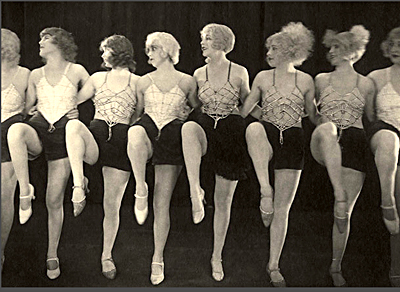
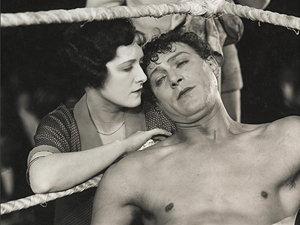
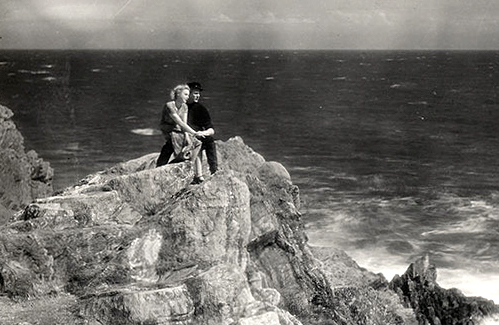
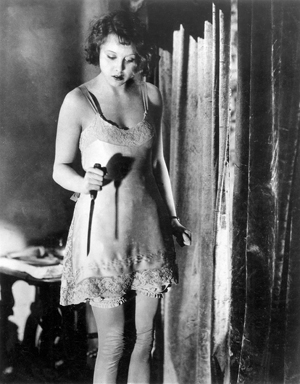
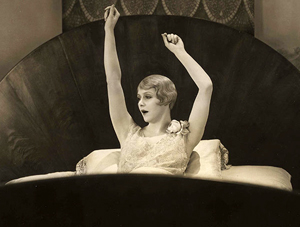
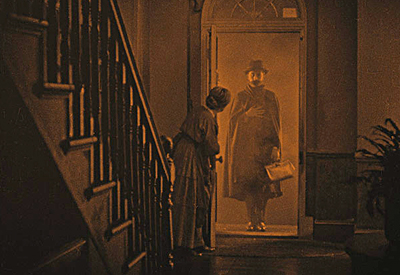
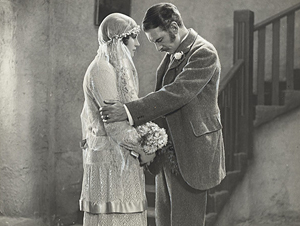
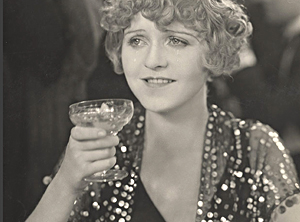
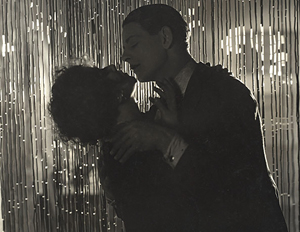
Based on Noël Coward’s play, Easy Virtue is a 1927 drama about a woman who is unjustly accused of having an affair. The film was heavily censored in Britain. It contains one of the first and lengthiest cameos by the director.
Blackmail is a dark tale about a young woman who stabs to death a man who is attempting to rape her and the cover-up that follows. She is tormented by a blackmailer and her own feelings of guilt. Black-mail was made in 1929 at the beginning of the sound era. This was both Hitchcock’s last silent film and his first talkie as a sound version was made, also.
The Pleasure Garden was Hitchcock’s directorial debut shot in 1925, when he was age 25, and released in 1926. It’s a story about two showgirls in the roaring 20s and is a romantic melodrama. Critics have recognized that the Hitchcock vision, evident in his inventive camerawork in this film, and unique humor were present even at the beginning of his career.
Downhill (1927) is one of Hitchcock’s darkest early films. The drama follows the fate of an upstanding British schoolboy through his downfall into ill repute as a Montmartre gigolo.
The Lodger: A Story of the London Fog (1926) was Hitchcock’s third feature film and the one that he called “the first true Hitchcock movie”. The thriller is about a series of Jack-the-Ripper style murders, committed in the thick London fog, and throws suspicion on a mysterious, attractive man. It introduces the “wrong man” theme that was used in several of Hitchcock films in later years.
The Ring (1927) is a drama that explores the world of boxing where ambitious amateurs compete with pro-fessional prizefighters for money, status and love.
Hitchcock rarely ventured into the romantic comedy arena. But he made an exception with The Farmer’s Wife (1928). A housekeeper attempts to find a suit-able bride for her employer from the town’s few remaining spinsters.
Champagne (1928) is a bubbly comedy about a spend-thrift flapper who thinks her millionaire father has gone bankrupt. He hasn’t. He’s just trying to teach his spoiled daughter a lesson.